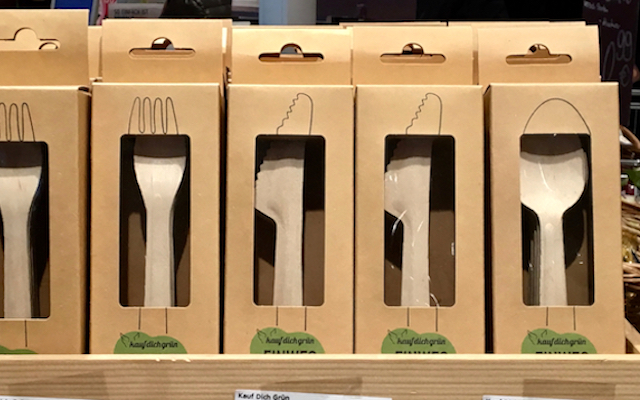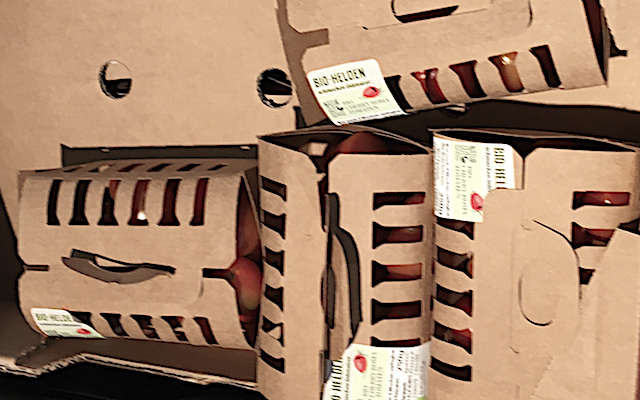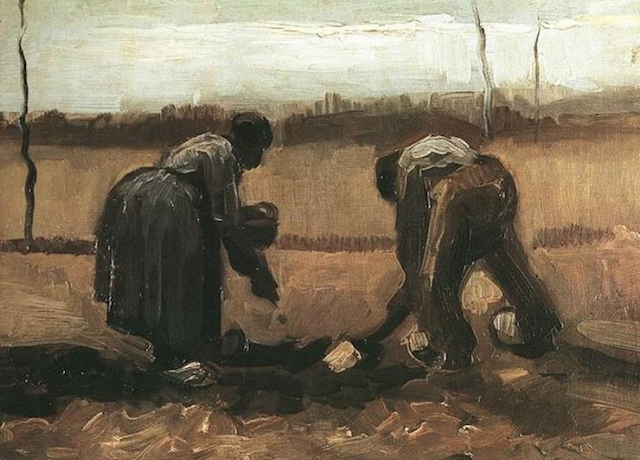Context
Sustainability and Brown Paper Packaging
Plastic packaging is currently almost synonymous with ‘environmental waste’ – doing without it signals a willingness to act and to break new ground.
With the climate crisis and the ongoing shift away from plastic packaging paper, especially the brown, recycled-looking paper – in old and new forms – has become widely accepted in stores. It functions in form and content as a catalyst for sustainable action in the design of packaging, products and communication of committed social responsibility.
Tradition in Usage – Innovation in Products and Communication
Case Study
Brown ‘recycle’ paper since long has been a rather inconspicuous casually used material and therefore self-evident packaging material – e.g. as wrapping paper, grocery or carrying bag, etc. It takes little to get used to it when going shopping.
On the other hand, it has become the public ‘outfit’ of many new products in organic stores or organic departments from discounters to drugstores, which also promote their “eco”/”organic” content.
Its’ outer design advertises it’s inner ‘content’ as a product and producer of credible social responsibility.
Thus, the ‘nature color’ paper packaging already has an alternative status to plastic packaging. It is quasi ‘unencumbered’ and signals a departure into the mindful use of higher quality natural materials.
Plastic packaging is currently almost synonymous with ‘environmental waste’ – doing without it signals a willingness to act and to break new ground.
Symbolics and Emotionality
Packaging embodies sustainability in production and material
In terms of how they are being manufactured : Their recycled appearance is a badge for the environmentally friendly, industrially lower engery manufacturing process and for skipping industrial finishes such as bleaching and dyeing. This lends them the inner ‘seal of approval’ of being resource-friendly overall.
In terms of the image of their material qualities: Especially the near ‘raw’ material quality emotionally conveys sustainability and closeness to nature. Somewhat rough to the touch, brown “near-natural” “recycling color” – unprocessed, undyed, “unembellished In appearance simple and functional, “unadorned”, without “extras” and therefore “beautiful”.
Cycle – a central ‘Eco’-Concept
Color and touch and (the image of the) manufacturing process, seem closer to nature – they work as elements for the concept of creating a cycle like nature. Ideally a closed cycle of taking and giving back.










